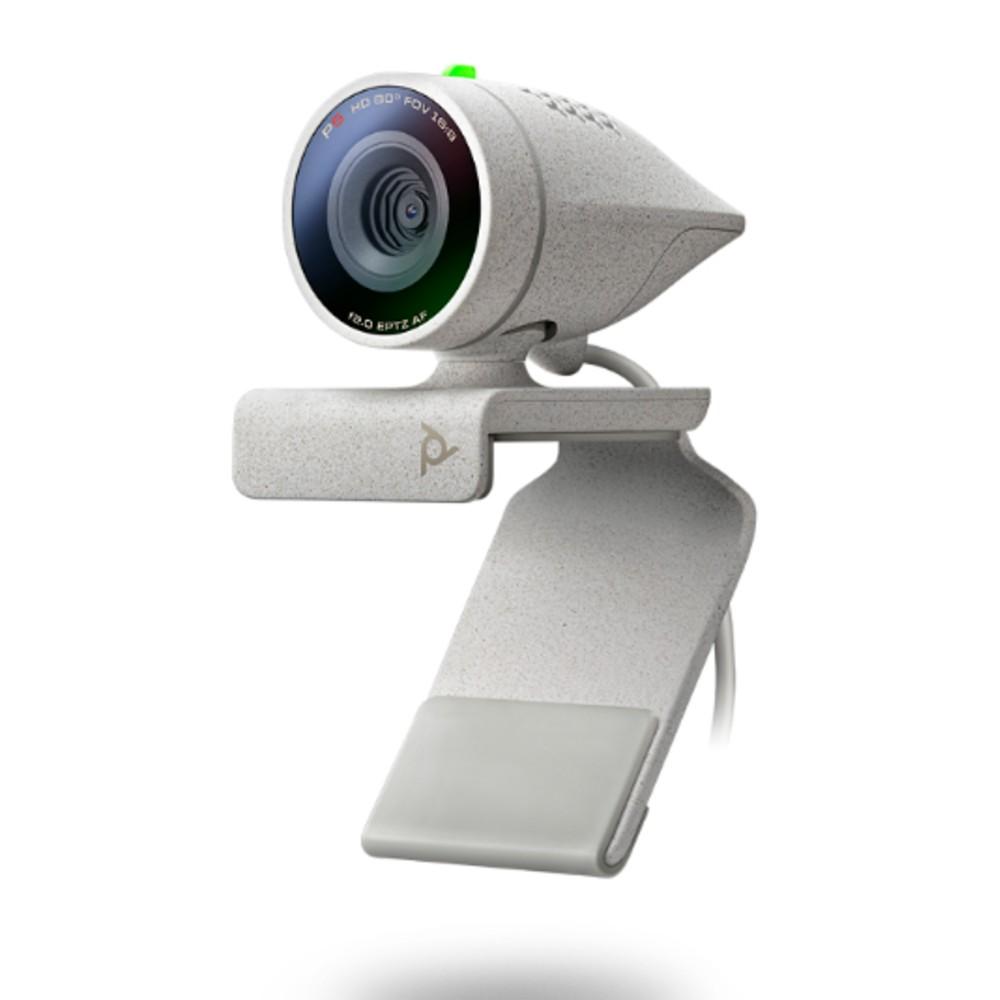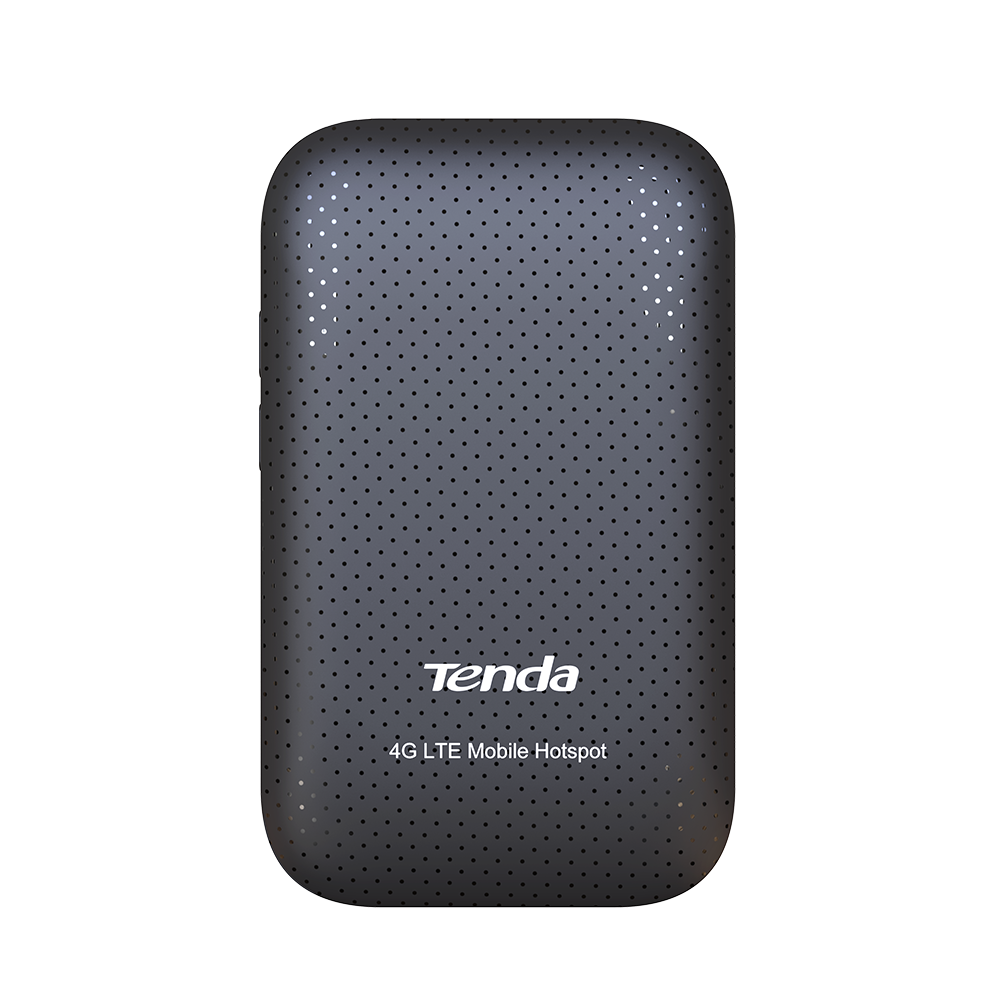Ubiquiti Networks UniFi Cloud Key Gen2 Plus
Out of stock
The UniFi Cloud Key Gen2 Plus from Ubiquiti Networks is an integrated hardware controller and self-contained application server designed to monitor and manage your UniFi network devices and camera surveillance system.
₹28,999.00 ₹29,999.00 Inc. GST
Out of stock
CompareThe UniFi Cloud Key Gen2 Plus from Ubiquiti Networks is an integrated hardware controller and self-contained application server designed to monitor and manage your UniFi network devices and camera surveillance system.
The UniFi Cloud Key Gen2 Plus features an eight-core processor with 3GB of RAM and 32GB eMMC flash storage. It comes with a 1TB 2.5″ SATA hard drive already installed that can be upgraded if needed. There is a 10/100/1000 Mb/s Gigabit Ethernet port, which supports 802.3af PoE. You can also power the device via the USB Type-C port with QuickCharge 2.0 technology.
The UniFi Cloud Key Gen2 Plus can configure and manage up to 20 UniFi cameras in UniFi Protect mode. It can also manage and configure up to 15 UniFi cameras and 50 UniFi devices in UniFi SDN + UniFi Protect mode.
The Ubiquiti hybrid cloud configuration provides a secure, private SSO (Single Sign-On) to access all of your UniFi deployments from anywhere in the world. With the hybrid cloud, a third-party hosted cloud service is not required, so all your personal data remains local and secure.
Plug and Play Installation
Automatic camera detection in UniFi Protect makes it easy to install and deploy cameras. All of the camera settings are integrated into the software. You can also configure, reboot, or upgrade the firmware on any camera from within the UniFi Protect interface.
Additional Live Views
Playlists can be created with a configurable live camera feed rotation. Define the cameras you want included in the playlist and how long you want them to appear on the screen before moving on to the next live feed.
Mobile App
The downloadable app provides free remote cloud access to your UniFi Protect system. It also allows you to securely access video recordings that are privately stored on the Cloud Key Gen2 Plus and not a third-party server or internet cloud.
Live View
View up to 20 live camera feeds in a single window. With basic and advanced template options available, choose the live view template that’s right for you.
Time Lapse
The Time Lapse feature allows you to scroll through video events and recordings quickly and efficiently. Now you can sift through hundreds of hours of video in just minutes.
Events
Video recordings are stored privately on the Cloud Key Gen2 Plus. With a built-in 1TB HDD, you can retain hundreds of recording hours without third-party storage or online digital footprints.
UniFi SDN Controller
Multi-Site Management
A UniFi Cloud Key Gen2 Plus installed at each deployment site provides an always-on, private UniFi cloud service. Every site is accessible through its assigned secure SSO. Each Cloud Key Gen2 Plus is independent with its own network monitoring, configuration, maps, statistics, and admin accounts.
Improved User Experience
Redesigned to be more intuitive and easier to navigate, the UI raises the bar for enterprise network management efficiency. Important network details are logically organized for a simplified, yet powerful, interface.
Network Overview
A comprehensive overview of your network health is readily available in the dashboard. Monitor your network’s vitals and make on the fly adjustments as needed.
Detailed Analytics
Use the configurable reporting and analytics to monitor large user groups and expedite troubleshooting.
LAN/WLAN Groups
The UniFi SDN Controller can manage flexible configurations of large deployments. Create multiple LAN and WLAN groups and assign them to the respective UniFi devices.
Wi-Fi Management
Use the UniFi SDN Controller to provision UniFi APs, configure wireless networks, map out networks, and quickly manage system traffic. Powerful Wi-Fi management features include:
RF monitoring and device mapping
Detailed RF performance analysis
Band steering support
Guest portal/hotspot support
Router and Switch Management
Use the UniFi Controller to provision UniFi Security Gateways and Switches. Configure a variety of features:
WAN/LAN/VLAN configuration
Operation mode (switching, mirroring, or aggregate) per port
PoE setting per port (device dependent)
Jumbo frame and flow control services
Monitor and analyze performance of each port
| Brands | Ubiquiti |
|---|
| Hard Drive | 1 TB 2.5″ SATA HDD (user-upgradeable) |
| Enclosure | Anodized aluminum |
| Management Interface | UniFi Management Portal UniFi SDN UniFi Protect |
| Device Capacity | UniFi Protect Mode Up to 20 UniFi cameras UniFi SDN + Protect Up to 15 UniFi cameras and 50 UniFi devices |
| Processor | APQ8053 8-Core with 3 GB of RAM |
| Storage Capacity | 32 GB (eMMC) |
| Ports | 2 x USB Type-C 1 x 10/100/1000 Mb/s Gigabit Ethernet RJ-45 LAN |
| Media Card Slots | 1 x MicroSD |
| Buttons | 1 x Power 1 x Reset |
| LED Indicators | 1 x Power (White/Blue) |
| Power | Power Method Standard 802.3af PoE Quick Charge 2.0/3.0 power adapter Supported Voltage Range 9 VDC, 2 A Power Consumption (max) 12.95W (PoE) USB Type-C Power |
| Operating Temperature | 32 – 104°F / 0 – 35°C |
| Operating Humidity | 20 – 80% (non-condensing) |
| Certifications | CE, FCC, IC |
| Dimensions | 5.16 x 1.07 x 5.28″ / 131.16 x 27.10 x 134.20 mm |
| Weight | 1.28 lbs / 0.58 kg |














